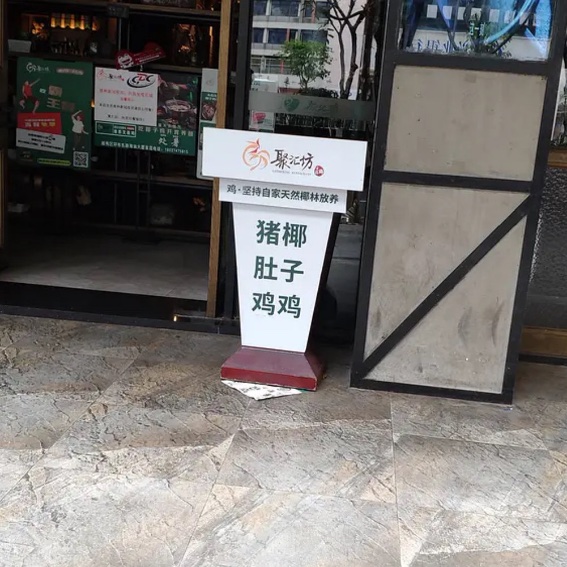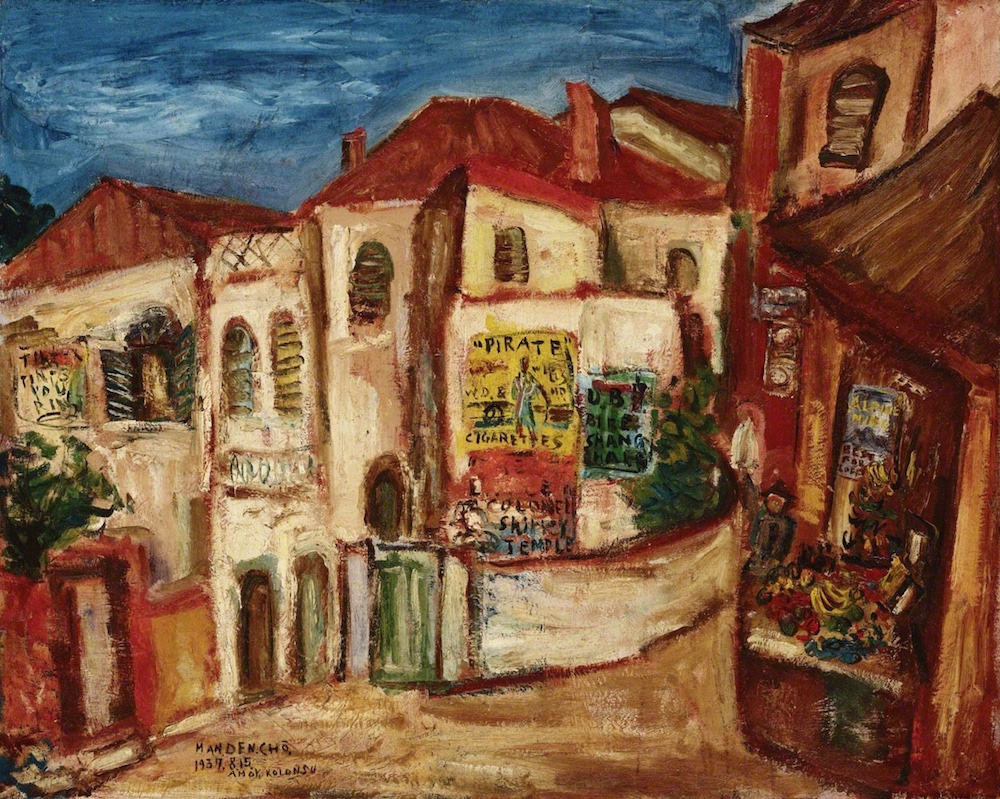John Kelly (1750-1809): Manx grammarian, lexicographer, and translator
[With an added note on the monumental encyclopedic dictionary of Sinitic by Tetsuji Morohashi]
In researching our previous post on the revival of Manx (11/26/22), I learned about John Kelly, whose life and work on behalf of Manx studies is so moving that I believe it is worthwhile to introduce him to the readership of Language Log. His heroic feats are truly mind-boggling.
Kelly was born at Douglas, Isle of Man, the only son of wine cooper and farmer William Kelly and his wife Alice Kewley. He was educated by Reverend Philip Moore in the Douglas Grammar School and later at St John's College, Cambridge, where he took his LL.D degree in 1799. He was ordained in 1776 and married Louisa Dolland in 1784.
Read the rest of this entry »

